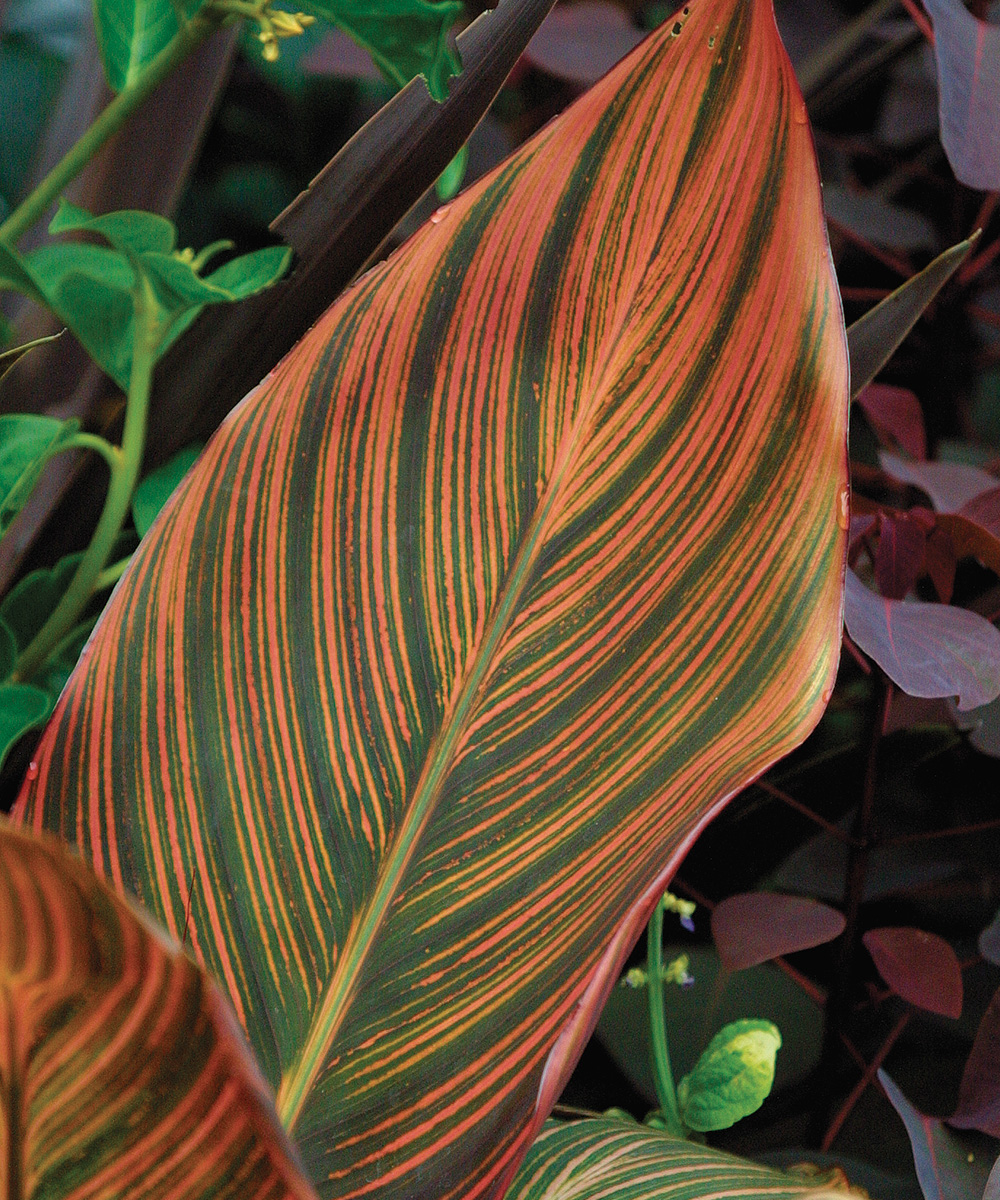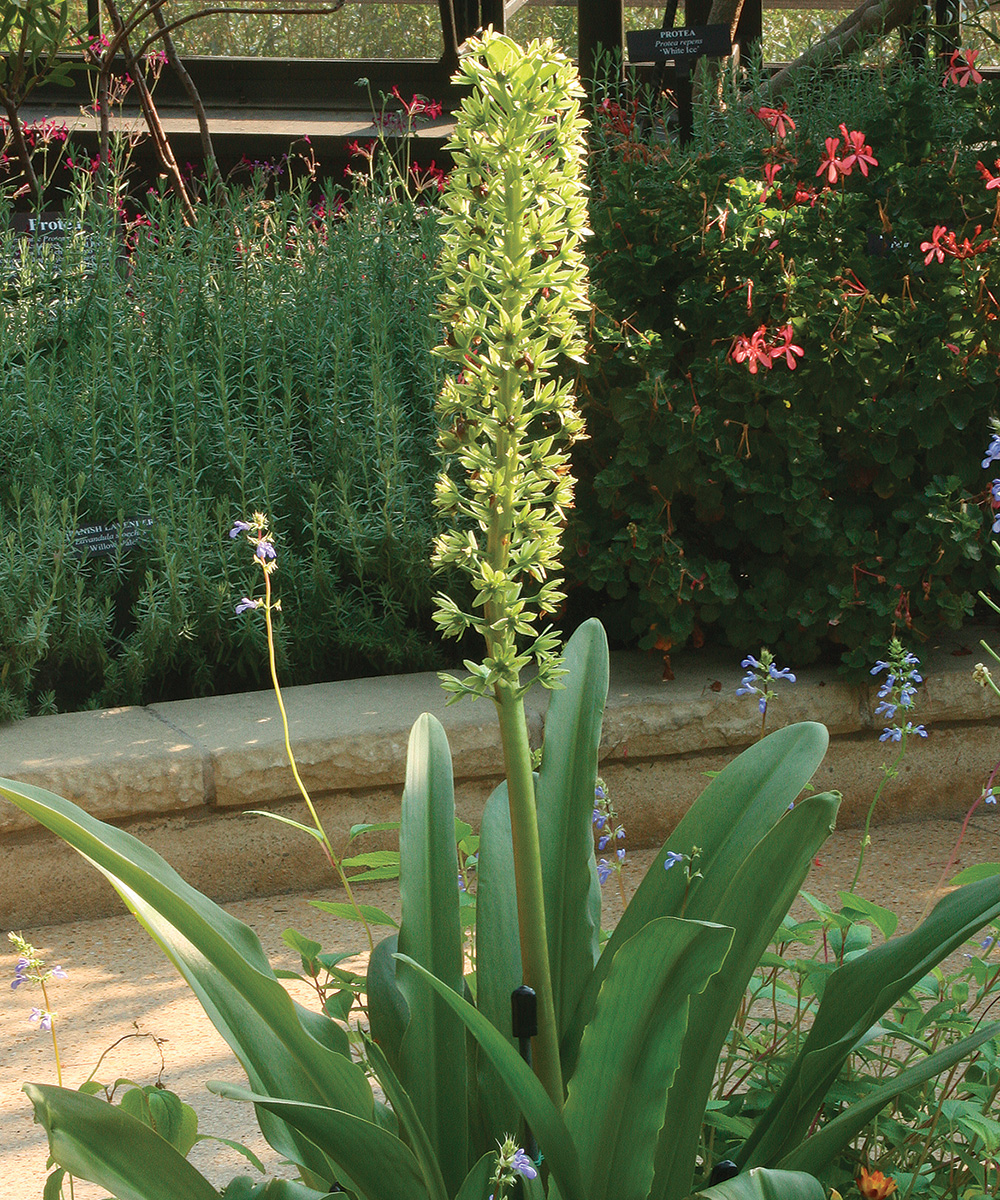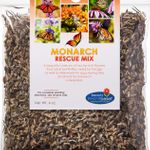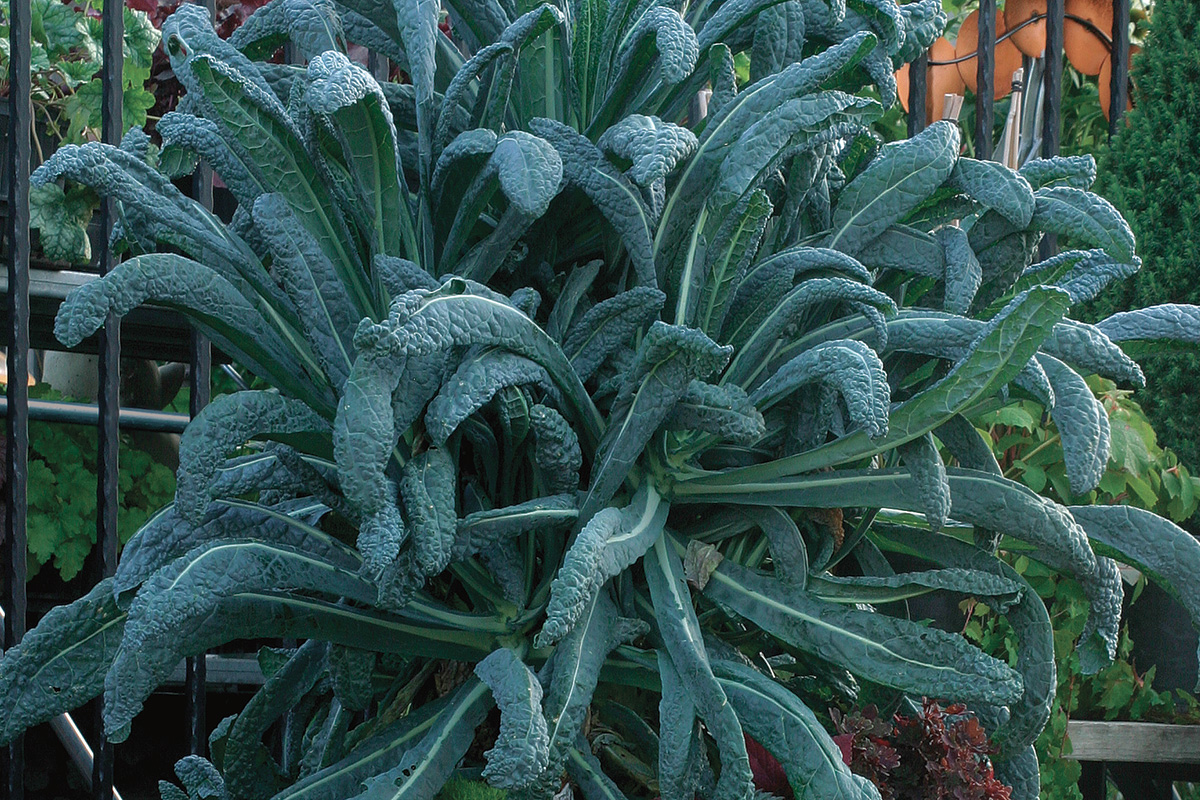Great Plants for Focal Point Pots
A few stunners that have the power to stand on their own

There are times in life when you just don’t have the patience to wait. You need a focal point, and you need it now. Maybe you’re throwing a party tomorrow night, or your mother-in-law is visiting this weekend. Or perhaps winter was just too long. Whatever the reason, times like these justify nothing less than immediate satisfaction. Fortunately for container gardeners, there are plants that offer instant drama and impact. These plants are usually the ones with the most dramatic foliage and form, the ones that reach out and grab your attention at the garden center. I like to include some instant impact in most of my container combos. It gives me an extra sense of accomplishment knowing that those freshly planted containers will possess head-turning outcomes starting from day one. The following favorites of mine have the power to stand on their own, but I usually add a few neighboring plants to enhance their effect.
Popcorn plant
Name: Senna didymobotrya
Zones: 10–11
Conditions: Full sun
This show-stopper has elegant featherlike leaves on arching branches that fold up at night. Its common name comes from the fact that it smells like freshly cooked, buttered popcorn when you run your fingers through its leaves. The scent is just one benefit, as the plant also produces clusters of beautiful sunny yellow flowers, starting with the first warmth of summer and lasting through frost.
Echeveria
Name: Echeveria spp. and cvs.
Zones: 9–11
Conditions: Full sun to partial shade
This plant genus offers wonderful rosettes of interesting, flowerlike foliage, which commands recognition from the get-go. Echeverias also bloom with single coral-colored flowers on top of naked stems, but the foliage still gets most of the attention. They look great with other succulents or with other sun-loving plant groups. Because of their tolerance of temperature extremes, echeverias continue to impress from late fall on through the colder months of winter, depending on the region. Although echeverias prefer full sun, I have found them to be content in partial shade.
Tropicanna® and Tropicanna® gold canna

Name: Canna indica ‘Phasion’ and Canna indica ‘Mactro’
Zones: 8–11
Conditions: Full sun
Like all cannas, these two cultivars offer exotic tropical foliage to give instant height and drama to your containers. They differ from traditional cannas in their fancy leaf details. Tropicanna® (pictured) has variegated foliage with stripes of red, pink, yellow, and green. Tropicanna® Gold has striped green-and-gold leaves. If that isn’t enough, both offer a long season of orange-yellow blooms. Tuberous roots can be stored inside over winter in cold regions and then replanted in spring.
Bauer’s dracaena

Name: Cordyline baueri
Zones: 9–11
Conditions: Full sun to full shade
This isn’t just a boring green spike veiled in burgundy. The versatile Bauer’s dracaena will create instant, lasting, care-free impact all season with its richly colored foliage and familiar form. It is especially showy with lighter-colored backdrops that highlight its dark shade. This plant bridges the seasons with finesse and looks as good at the end of the season as it does in spring.
Elephant’s ear

Name: Alocasia, Colocasia, and Xanthosoma spp. and cvs.
Zones: 8–11
Conditions: Full sun to partial shade
The amazing bold leaves and dramatic structure of elephant’s ear offer an instantaneous foliar satisfaction. Favorites include the compact African mask, with its glossy, dark green leaves and soft green venation; ‘Black Magic’ (pictured), which has giant, almost-black leaves and stems; and the colossal ‘Illustris’, with its dark leaves on bright green stems. Most are suited to large-scale pots, but there are smaller varieties too. They thrive in moist, well-drained soil. While ‘Black Magic’ and ‘Illustris’ tolerate full sun, African mask needs shade to avoid leaf scorch.
Dinosaur kale
Name: Brassica oleracea ‘Nero di Toscana’
Zones: Annual
Conditions: Full sun to partial shade
An heirloom edible kale of gourmet quality, dinosaur kale is also an attention-getter when used in containers. Its leathery, upright, blue-green leaves pucker inward for extra drama, adding an unexpected visual quality you wouldn’t think possible from a vegetable like kale. It is cold tolerant and can easily be used very early and enjoyed very late (visually and gastronomically) into fall.
Pineapple lily

Name: Eucomis comosa
Zones: 8–11
Conditions: Full sun to partial shade
This eye-catching plant sports long, lanceolate, wavy-edged leaves, which are enough to create drama in small and medium-size container gardens all by themselves. The bonus comes when it sends up its unusual pineapple-like flower spike. That’s when traffic comes to a standstill, and passersby stop to admire this beauty. Corms from the pineapple lily can be overwintered indoors in cold climates and replanted in spring.
Miscanthus

Name: Miscanthus sinensis and cvs.
Zones: 4–9
Conditions: Full sun to partial shade
Sometimes impact can be established with clear vertical lines that give a sense of strength to a combo. Upright grasses are the perfect solution, and one of my favorites is Miscanthus. From day one, its fine-textured, outward-arching blades offer elegance and refinement to an arrangement. I leave it in through fall, and sometimes winter, as it usually develops nice color as it dries.
‘Vancouver Centennial’ geranium
Name: Pelargonium ‘Vancouver Centennial’
Zone: 11
Conditions: Full sun
Not all instant-impact plants have to be big. ‘Vancouver Centennial’ geranium is a prime example of a small plant that creates a splash. Each compact plant features showy, deeply cut, star-shaped, brick red leaves outlined in yellow. With foliage power like this, who would care if it ever flowered? But as a bonus, it produces a nice display of red flower clusters that, if deadheaded, will continue throughout the season.
Red chicken gizzard iresine

Name: Iresine herbstii
Zones: Annual
Conditions: Full sun to partial shade
The bright magenta-red leaves pack a lot of punch in this highly textured wonder. Because of its upright, almost columnar form, red chicken gizzard iresine offers impact in limited real estate. Bright-foliage plants, like this one, offer immediate focus in mixed containers while letting their neighbors fill in over time.
Napoleon™ papyrus
Name: Cyperus papyrus Napoleon™
Zones: 10–11
Conditions: Full sun to partial shade
Just like its namesake, this strong, bold leader is of a compact nature. With shorter, sturdier stems than its big brother King Tut®, Napoleon™ is great in medium-size containers where you want the same look but not the height. The large tufts of green on top of each stem create the drama.
Australian tree fern

Name: Cyathea cooperi
Zones: 9–11
Conditions: Partial shade
Although certainly not hardy to most regions of the country, this shady character is perfectly suited to container culture everywhere. I like using it as an unexpected surprise in mixed-shade containers. The extra-large hairy fronds and large leaves tower above shorter plants. Australian tree fern is happy with consistent moisture and doesn’t respond favorably to drying out. Overwinter it indoors to get an even bigger show the following summer.
Red Abyssinian banana

Name: Ensete ventricosum ‘Maurelii’
Zones: 9–11
Conditions: Full sun
If you need to create impact in a big space, look no further than red Abyssinian banana. This tropical giant adds the instant size and drama big containers need and is easy to grow. Large, reddish bronze leaves reach up and out from a central fat trunk. This plant grows quickly in the heat of summer, so even a plant that starts off small at the beginning of the season will produce big results.
Honey bush

Name: Melianthus major
Zones: 8–11
Conditions: Full sun
I like to use plants from outside my region to really push the limits of my Zone 4 reality. Plants like honey bush, although perennial in warmer zones, are perfectly content as a superstar annual in my containers each year. Large, strongly toothed, divided, bluish green leaves make a lasting impression, even if my growing season isn’t long enough for blooms. It’s a fast grower and loves the summer heat.
Photos, except where noted: Brandi Spade
Fine Gardening Recommended Products

Monarch Butterfly Rescue Wildflower Seeds 4 oz.
Fine Gardening receives a commission for items purchased through links on this site, including Amazon Associates and other affiliate advertising programs.












Comments
Log in or create an account to post a comment.
Sign up Log in